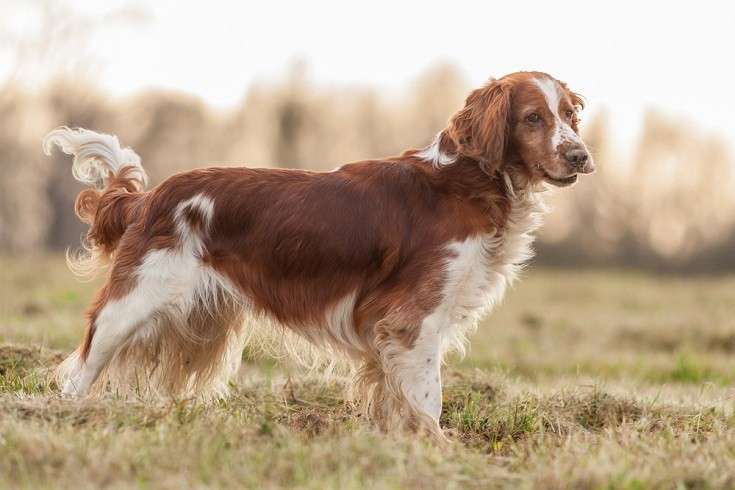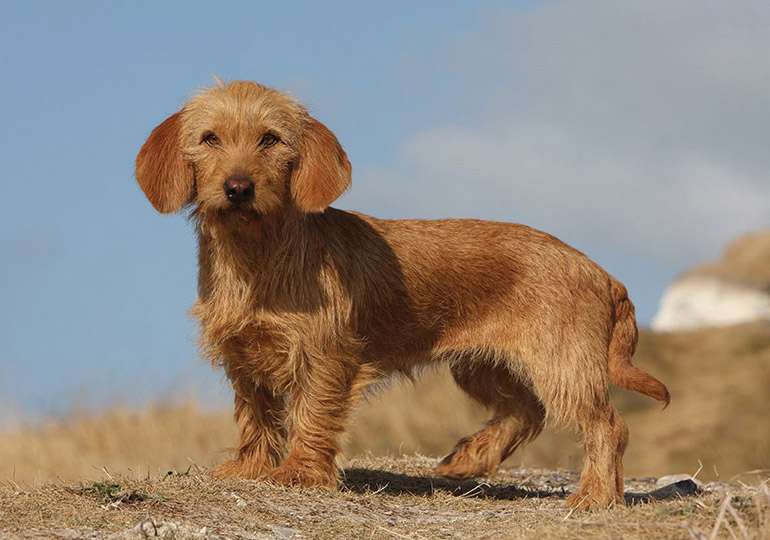
A medium-sized sports dog from Wales, the Welsh springer spaniel has floppy ears, red and white fur, and a thick, silky coat that is often maintained long on its legs and chest. The Welsh springer spaniel can be the ideal pet for owners seeking a playful, content, and loving family member.
The Welsh springer spaniel and the English springer spaniel are closely related, and both breeds of dogs have a long history. Welsh dogs share many personality features with their English cousin’s despite being much smaller and only having red and white markings.
Care as a Pet/ In Captivity
Welsh springer spaniels are devoted family pets, but they need a lot of training and exercise to be obedient companions. Due to their long, silky hair, owners must keep up with their maintenance requirements to avoid tangling.

Exercise
Due to their high level of activity, Welsh springer spaniels are best suited for families who regularly exercise outside. This vigorous breed requires at least two hours of daily exercise. They are excellent runners and swimmers who can compete well in dog sports. It might be extremely helpful to make sure your dog has suitable alternate types of stimulation (such as a specific digging sandpit or puzzle toys).
Grooming
Welsh springer spaniels should have their coats brushed at least once a week because they are moderate shedders. You might need to brush them out more frequently if you retain the feathering around their legs and stomachs for a longer period of time. This is a crucial action to help avoid knots. Use a detangling spray and comb out the coat with your fingers if it does get tangled or matted before finishing with a brush.
Welsh springer spaniels, like other dog breeds, need to have their teeth washed, claws clipped, and ears examined for any dirt and debris build ups to prevent illnesses. Use a cotton ball and an ear-specific cleaning solution if you need to clean your ears.
Nutrition and Diet
Two times every day, give your Welsh springer spaniel premium dog food. The particular food that your dog should consume depends on its age since as it ages, its nutritional requirements alter. Keeping an eye on quantities and rewards is also crucial because these food-driven canines are more likely to put on weight or develop obesity if not. Consult your vet to develop a balanced diet plan and portion proportions based on the age, weight, and level of activity of your dog.
Table





